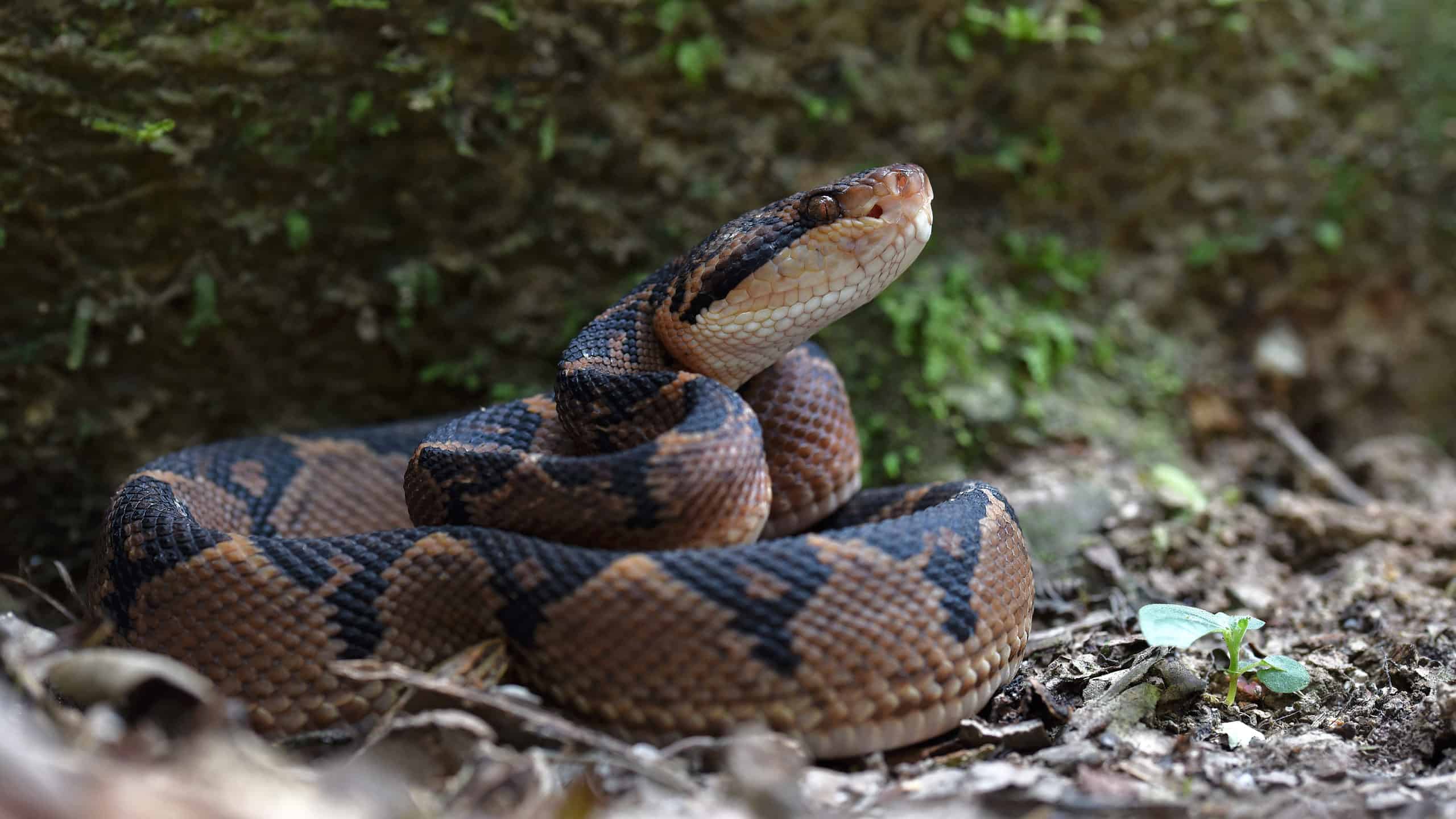
Bushmasters are fascinating creatures that captivate the imagination with their unique features and mysterious nature. These venomous snakes, belonging to the family Viperidae, are known for their large size and potent venom. Found in the forests of Central and South America, the bushmaster has become a subject of interest for both animal enthusiasts and researchers alike.
In this article, we will delve into the intriguing world of bushmasters and uncover 12 fascinating facts about these amazing serpents. From their astonishing hunting techniques to their remarkable adaptations, there is much to learn about these elusive creatures. So, get ready to explore the hidden secrets and awe-inspiring capabilities of the bushmaster snake.
Key Takeaways:
- The Bushmaster, a large venomous snake, is a skilled predator with heat-sensing pits and deadly venom. It plays a crucial role in its ecosystem and has a rich history in mythology.
- Researchers are studying the Bushmaster’s venom for potential medical uses, showing promise in areas like pain management. Female Bushmasters also exhibit maternal care by guarding their eggs.
The Bushmaster is known for its venomous bite.
The Bushmaster is a large venomous snake found in the tropical forests of Central and South America. With its reputation as one of the most dangerous snakes in the world, it possesses a highly toxic venom that can cause severe tissue damage and even death.
Bushmasters are the largest venomous snakes in the Western Hemisphere.
Measuring up to 10 feet in length, the Bushmaster holds the title for being the largest venomous snake species in the Western Hemisphere. Its imposing size and potent venom make it a formidable predator in its natural habitat.
The Bushmaster has heat-sensing pits on its face.
One of the fascinating adaptations of the Bushmaster is its ability to detect infrared radiation through specialized organs called heat-sensing pits. These sensory organs help the snake locate warm-blooded prey, even in complete darkness.
The lifespan of a Bushmaster can exceed 20 years in the wild.
While the exact lifespan of a Bushmaster can vary depending on factors such as habitat and availability of prey, it is known that these snakes have the potential to live for more than two decades in their natural environment.
Bushmasters are highly skilled ambush predators.
Using their excellent camouflage and patience, Bushmasters employ ambush hunting techniques. They remain hidden, waiting for unsuspecting prey to come within striking range, and then deliver a swift and deadly bite.
The Bushmaster has large fangs that can reach over 1.5 inches in length.
To inject their venom into prey or threats, Bushmasters possess long, hollow fangs that can grow to over 1.5 inches in length. These fangs, combined with their potent venom, enable them to take down animals much larger than themselves.
The venom of a Bushmaster can cause neurotoxic and hemotoxic effects.
The Bushmaster’s venom contains a combination of neurotoxic and hemotoxic components. Neurotoxins attack the nervous system, potentially leading to paralysis, while hemotoxins affect blood clotting and can cause severe internal bleeding.
Bushmasters can strike with incredible speed.
When threatened or attacking prey, Bushmasters can strike lightning-fast, reaching their target in a fraction of a second. Their rapid strike allows them to inject venom and incapacitate their victim quickly.
Female Bushmasters guard their eggs.
After mating, female Bushmasters lay a clutch of around 10 to 30 eggs. Unlike many snake species, they exhibit maternal care by guarding and protecting their eggs until they hatch, ensuring their offspring have the best chance of survival.
Bushmasters play an important ecological role.
As apex predators, Bushmasters help control populations of smaller animals within their habitats. They contribute to the balance of the ecosystem by regulating prey species and preventing overpopulation.
The Bushmaster is deeply rooted in mythology and folklore.
Across Central and South America, the Bushmaster is deeply ingrained in local mythology and folklore. It is often associated with power, danger, and supernatural abilities, making it a symbol of both fear and respect.
Bushmasters have been used in medical research.
The potent venom of the Bushmaster has been of interest to researchers studying potential medical applications. Some components of the venom have shown promise in areas such as anticoagulation therapy and pain management.
Conclusion
In conclusion, the Bushmaster is a fascinating and enigmatic creature. Its unique characteristics and adaptations make it an intriguing subject to study and appreciate. From its deadly venom to its impressive size, the Bushmaster commands respect in the animal kingdom. As one of the largest venomous snakes in the world, it serves as a reminder of the incredible diversity of wildlife on our planet. Although encountering a Bushmaster in the wild is rare and dangerous, learning about its habits and habitat can enhance our understanding and appreciation of this magnificent reptile.
FAQs
Q: Are Bushmasters aggressive towards humans?
A: Bushmasters are generally shy and reclusive, and they will attempt to avoid human encounters. However, when threatened, they can become defensive and may strike in self-defense. It is important to give them their space and avoid any confrontation.
Q: What is the average size of a Bushmaster?
A: The average size of a Bushmaster ranges from 7 to 10 feet, with some individuals reaching up to 12 feet in length. They are known for their impressive size and powerful build.
Q: How venomous is the Bushmaster?
A: The Bushmaster possesses highly potent venom, capable of causing severe tissue damage and even death. Its venom is hemotoxic, affecting the blood and tissue, and it possesses both neurotoxic and myotoxic components.
Q: Where can Bushmasters be found?
A: Bushmasters are native to the rainforests of Central and South America. They can be found in countries such as Costa Rica, Panama, Brazil, and Venezuela, among others.
Q: What is the diet of a Bushmaster?
A: Bushmasters primarily feed on small mammals, including rodents, bats, and occasionally even other snakes. They are ambush predators and rely on their powerful strike to subdue their prey.
Q: Are Bushmasters endangered?
A: The Bushmaster is currently listed as a species of least concern by the International Union for Conservation of Nature (IUCN). However, deforestation and habitat loss pose threats to their populations in some regions.
Bushmasters' intriguing qualities make them captivating creatures. Learning more about their South American cousins provides even greater insight into these remarkable snakes. Stylish bucket hats offer protection from the sun while exploring Bushmasters' habitats. Whittling knives come in handy for crafting walking sticks to navigate through the dense forests Bushmasters call home.
Was this page helpful?
Our commitment to delivering trustworthy and engaging content is at the heart of what we do. Each fact on our site is contributed by real users like you, bringing a wealth of diverse insights and information. To ensure the highest standards of accuracy and reliability, our dedicated editors meticulously review each submission. This process guarantees that the facts we share are not only fascinating but also credible. Trust in our commitment to quality and authenticity as you explore and learn with us.


